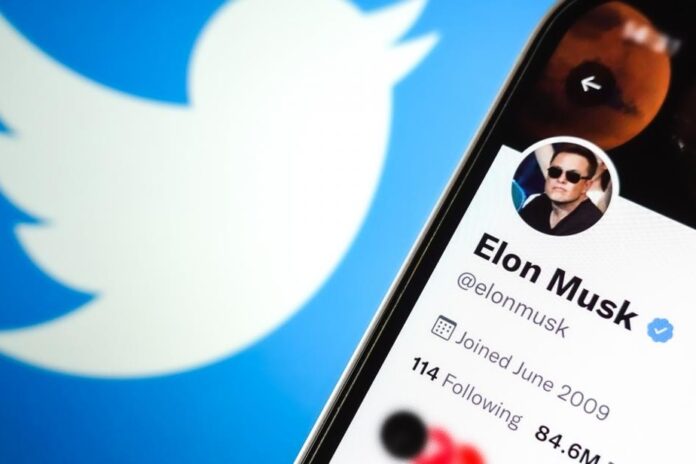The blue hook on Twitter has long conferred a special status. Only certain accounts – usually those of public figures whose identity was confirmed – were assigned this symbol.
This situation is changing.
Since April 1, many Twitter accounts have lost their hook due to changes made by social media company owner Elon Musk. Individual users must subscribe to Twitter’s Blue service, which costs US$8 per month, to obtain the crest. Businesses that are currently unverified will need to pay US$1000 per month if they wish to have their account verified by a gold mark.
This measure, which will allow Twitter to generate revenue by reserving certain features for subscribers, has consequences for a large number of users of the platform. Here’s what you need to know.
For those of you who use Twitter primarily to follow celebrities and news sites, this policy change will affect what you see and read on the service.
You may see fewer tweets from accounts you care about in your news feed, for example, because people who decide not to pay for the Twitter Blue service will become less visible on the platform.
Musk said only tweets from paid accounts with blue checkmarks would be visible in Twitter’s “For You” tab, the default timeline of tweets the platform shows you based on your interests. The only exception, he later clarified, will be tweets from unverified accounts you already follow, which will continue to appear in your timeline.
This means it will likely be harder to discover tweets from accounts that aren’t blue-checked. For example, if you follow a lot of sports news and an unverified account tweets a sports-related news item, you won’t see it in your feed unless you already follow that account. In the past, you might have found this content only because it went viral.
One caveat to these likely changes: Mr. Musk doesn’t have a reputation for always following through on his public intentions. Parts of the brackets policy may therefore change as Twitter implements it.
It all depends on whether the account holder derives enough value from the presence of a blue check mark to justify a payment.
The New York Times, which has nearly 55 million Twitter followers, said on March 30 that it would not pay for the “verified” badge for its institutional accounts, including @nytimes. The Times also told its reporters that it would not reimburse them for Twitter Blue subscriptions, except in the rare cases when it was necessary for the writing of an article.
But other types of Twitter users may decide to pay for the crest. These include some small businesses that use Twitter to market their services and want their content to reach a wider audience. In this case, paying for verification will essentially be an advertising expense.
Twitter is about to make a few exceptions for companies that will be able to keep their verification marks without paying. In an internal document, the company said it would let the top 10,000 organizations and top 500 advertisers that have already been verified retain their status.
Among social media companies such as Meta and Snap, Twitter is the smallest social network, and the company continues to shrink in size and relevance.
Musk has laid off much of the Twitter staff, which now has fewer than 2,000 employees, down from 7,500 when he took office in October. The site still has issues with bots sending spam and impostor accounts posing as public figures. Security issues, glitches, and bugs pile up. And some influencers and journalists are migrating to other platforms, including Mastodon, LinkedIn, and Instagram.















